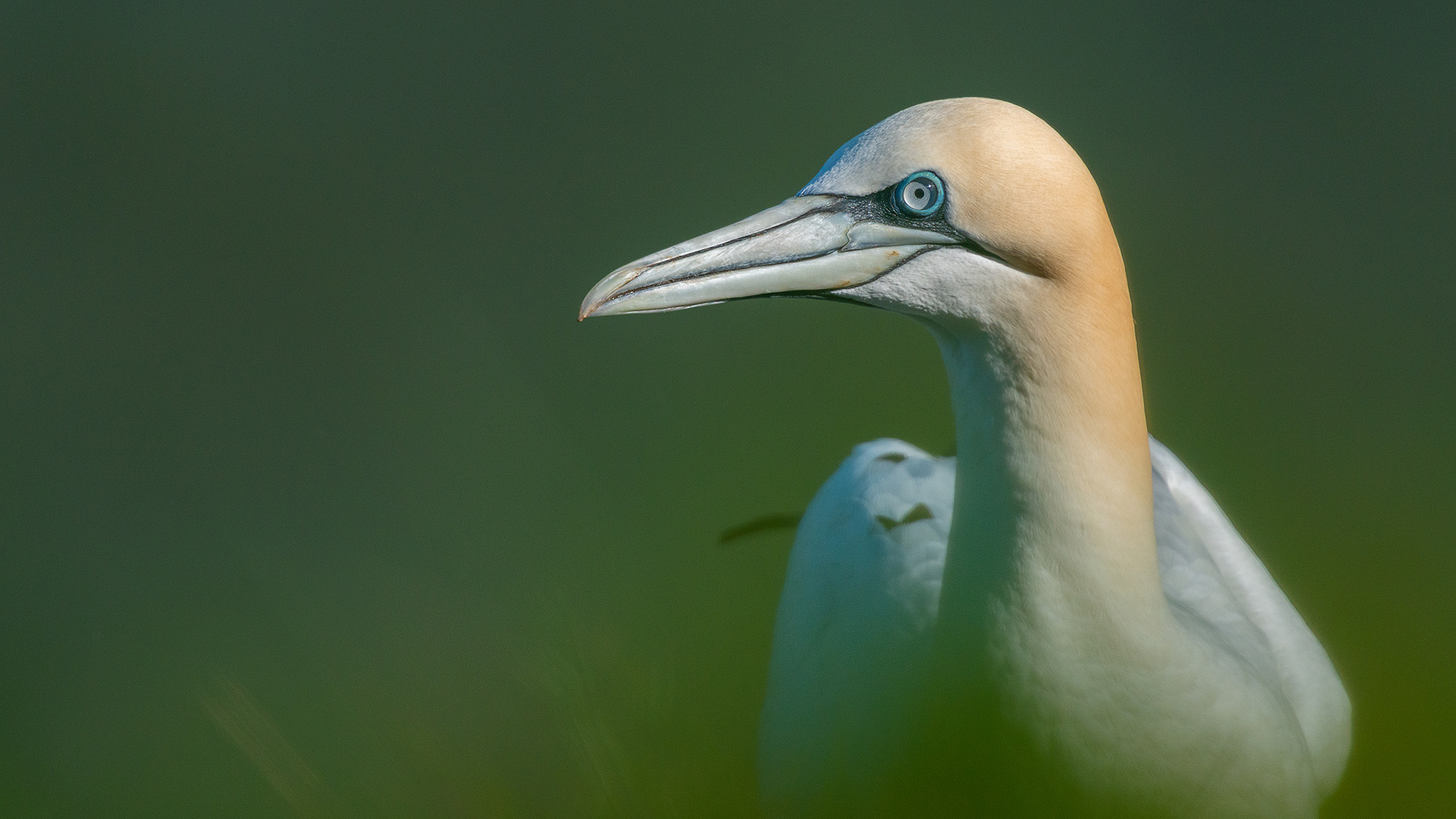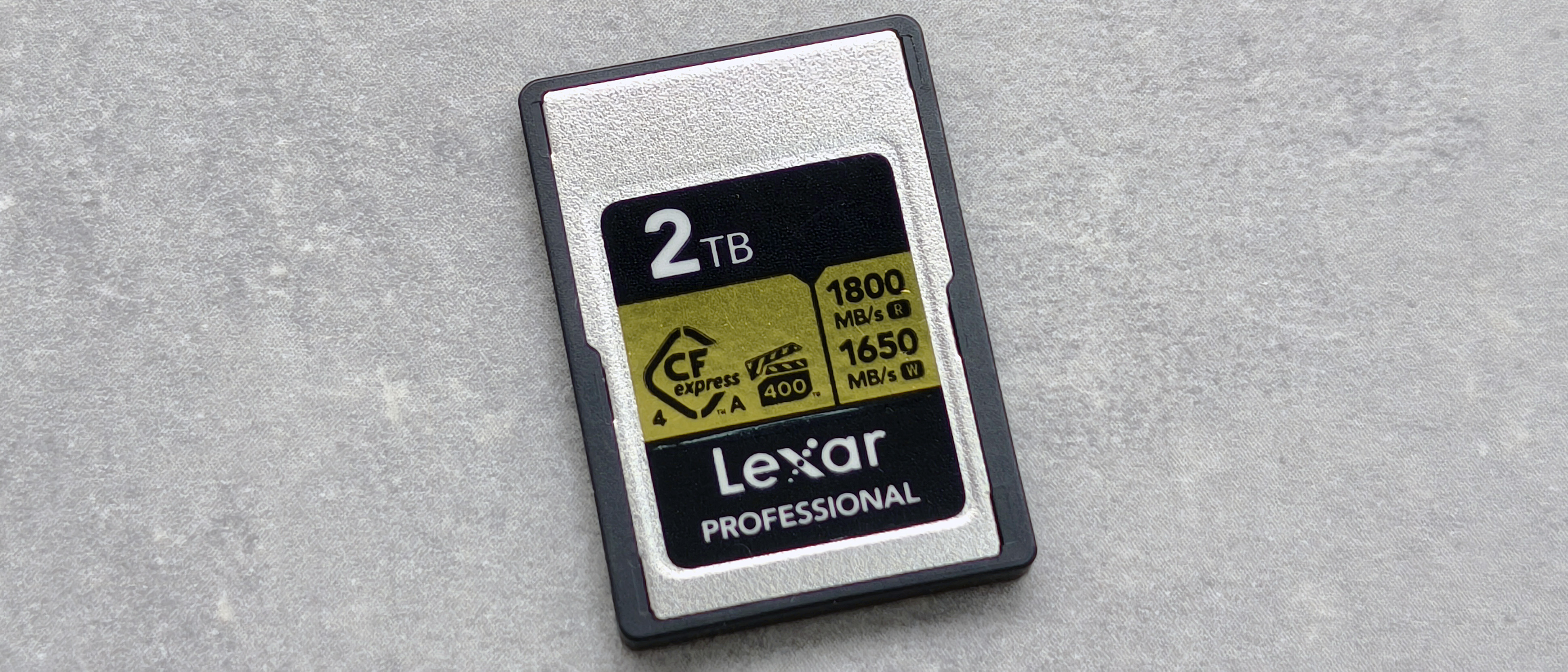What happens when you combine digiscoping with a Micro Four Thirds camera? I watched this YouTube video to find out
You can use a spotting scope and an MFT camera in place of a super-telephoto lens to reach longer focal lengths for less

Digiscoping is a photography technique where you use a specialist adapter to attach a scope – typically a spotting scope or binoculars – to your camera, in place of a more conventional super-telephoto lens. The advantage of this is that you can achieve longer focal lengths than even the longest of lenses, and it’s oftentimes more cost-effective, too.
However, digicoping isn’t particularly common, and I don’t mind admitting that I’ve never tried it for myself. That’s why I found this video (below) by South West Optics so interesting. In it, Russell and Rob talk digiscoping and, more specifically, why many photographers choose to digiscope with Micro Four Thirds cameras.
Being the complete novice in this niche area of photography that I am, I would have assumed that you’d mount the camera directly to the spotting scope (which you can do). So I was surprised to learn that Rob recommends an alternative method, attaching a pancake lens first and using an adapter to attach the digiscope to this camera and lens combination.
This makes a lot of sense. You see, an MFT camera has a 2x crop factor; add that to a 2,000mm+ spotting scope and you’re working with focal lengths so big, they even put the Nikon P1100 to shame. As Rob put it: “That’s a lot of telephoto power to control, it’s a small sensor (...) the control of noise is not quite as good as a full-frame camera. It’s a challenge to use body-only”.
Some digiscopers get around this by popping a pancake lens on the camera and attaching this combination to the digiscope to reduce the focal length. The example Rob uses is a digiscope with a 25x eyepiece on a 20mm prime. Taking into consideration the 2x crop factor, this would be 25 x 50mm, producing an equivalent focal length of 1000mm.
And he makes the great point that the presence of the lens will help to reduce chromatic aberration, while also allowing for faster shutter speeds and thus, lower ISO settings. But that just scratches the surface of this informative video, so make sure you grab yourself a coffee and enjoy learning about this cost-effective form of long-range photography.
You might also like...
If you're not into digiscoping, I’d buy this monster $1000 camera if I were a wildlife enthusiast first and a photographer second. Looking for something else to watch? Check out the first episode of Adorama’s new docuseries. Plus, if a bear tipped my $3,000 camera into a lake, I know exactly what I’d buy to replace it…
The best camera deals, reviews, product advice, and unmissable photography news, direct to your inbox!

Mike studied photography at college, honing his Adobe Photoshop skills and learning to work in the studio and darkroom. After a few years writing for various publications, he headed to the ‘Big Smoke’ to work on Wex Photo Video’s award-winning content team, before transitioning back to print as Technique Editor (later Deputy Editor) on N-Photo: The Nikon Magazine.
With bylines in Digital Camera, PhotoPlus: The Canon Magazine, Practical Photography, Digital Photographer, iMore, and TechRadar, he’s a fountain of photography and consumer tech knowledge, making him a top tutor for techniques on cameras, lenses, tripods, filters, and more. His expertise extends to everything from portraits and landscapes to abstracts and architecture to wildlife and, yes, fast things going around race tracks...
You must confirm your public display name before commenting
Please logout and then login again, you will then be prompted to enter your display name.

